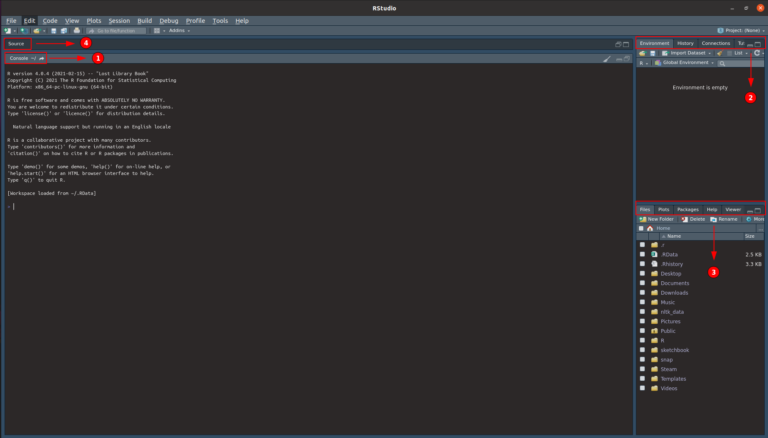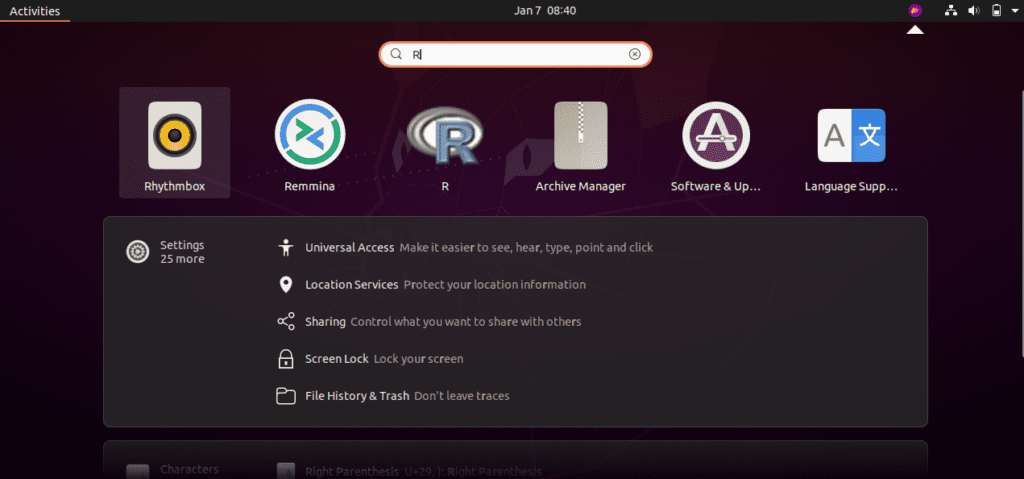

The following additional packages will be installed:īinutils binutils-common binutils-x86-64-linux-gnu build-essential bzip2-docĭpkg-dev fakeroot g++ g++-10 gcc gcc-10 gcc-11-base gfortran gfortran-10

Installing the r-base :/# apt install r-base The finished dashboard app contains a lot of links to local pdf files, so depending on browser you may have to disable the restriction to open file:///-type hyperlinks.Log in as root user :~$ sudo -sĬhanging directory :/home/linuxhelp# cd / It is simply a remnant from the development phase of this app - changing the port number on each launch of the app made debugging easier (one less variable to worry about…). Of course, randomly assigning the shiny app port number is not necessary. PORT=$( 
Nohup R -e "shiny::runApp('/path/to/shinyapp/directory', port = $PORT)" It’s run using a short bash script with essentially the following contents: #!/bin/bashĮcho $PORT > /path/to/shinyapp/directory/shiny.port I use a dashboard to keep track of my project’s sample matrix (as we chemists like to call it). One possible way of getting around this limit could be to setup a reverse proxy using an SSH tunnel to access the shiny app, but I have not been able to make such a setup work myself. The former limit is not an issue for lightweight shiny apps, but the latter can be problematic if you intend to host public-facing shiny apps on your own server. RStudio offers shiny-server for free with the AGPL v3 license but with the limit of a single R process per shiny application, and without support for authentication or SSL.

sudo su -c "R -e \"install.packages('shiny', repos='')\""ĭownload and install the shiny server software from RStudio (the shiny package is installed using gdebi, so you need to install that too if you don’t already have it). Installing shiny and shiny-server (on localhost)Īssuming you already have a working R installation on a Debian-like system.įirst step, install the shiny R package.


 0 kommentar(er)
0 kommentar(er)
